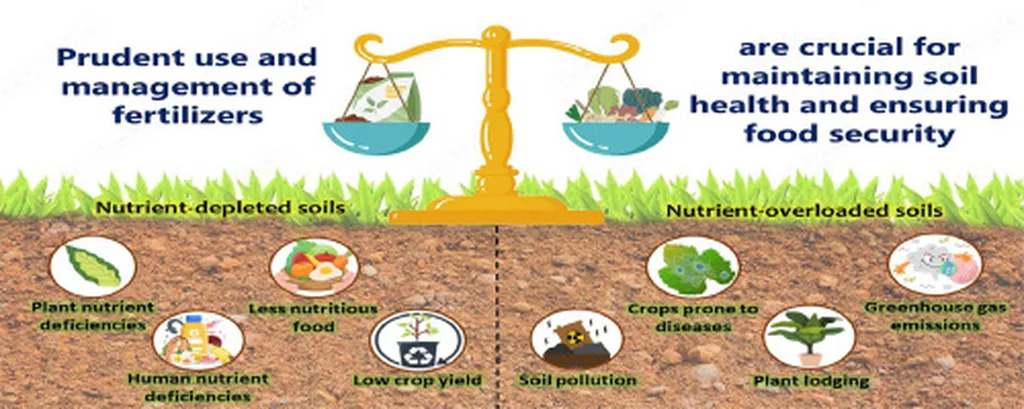In the heart of Telangana, India, a groundbreaking study is reshaping how farmers approach nutrient management, with implications that could ripple through the agricultural sector and beyond. Led by Pandit Vaibhav Bhagwan from the Department of Soil Science and Agricultural Chemistry at SR University, the research, published in the journal ‘Scientific Reports’ (which translates to ‘Nature Research’), is tackling one of agriculture’s most pressing challenges: soil variability.
The study, conducted on a 4-hectare maize field in Mahagoan village, reveals that expansive soil spatial variability often leads to inefficient fertilizer use, contributing to environmental pollution and economic losses. “Understanding and managing this variability is crucial for sustainable agriculture,” Bhagwan explains. The research team collected 200 soil samples, analyzing them to determine soil reaction and nutrient status. Using geostatistical methods, they assessed spatial variability and delineated nutrient management zones.
The innovative approach combined principal component analysis and fuzzy c-means clustering to create five distinct management zones. “This isn’t just about dividing a field into zones; it’s about understanding the unique needs of each zone and tailoring nutrient management accordingly,” Bhagwan says. The results were striking: variable rate fertilizer applications in these zones led to significant grain yield increases and fertilizer savings, particularly in zones MZ-5 and MZ-4.
The commercial impacts of this research are substantial. For the agricultural sector, this approach promises increased crop yields and reduced input costs, directly improving profitability. For the energy sector, which often relies on agricultural byproducts, this could mean a more stable and abundant supply of feedstock. Moreover, the environmental benefits—reduced pollution and more efficient resource use—align with global sustainability goals.
This research is not just a step forward; it’s a leap towards precision agriculture. As Bhagwan notes, “The future lies in data-driven, site-specific management practices.” The study’s methods could be adapted to various crops and regions, potentially revolutionizing nutrient management worldwide. By harnessing the power of geostatistics and fuzzy logic, farmers and agronomists can look forward to a future where every acre is managed with precision, every input is optimized, and every harvest is maximized.

